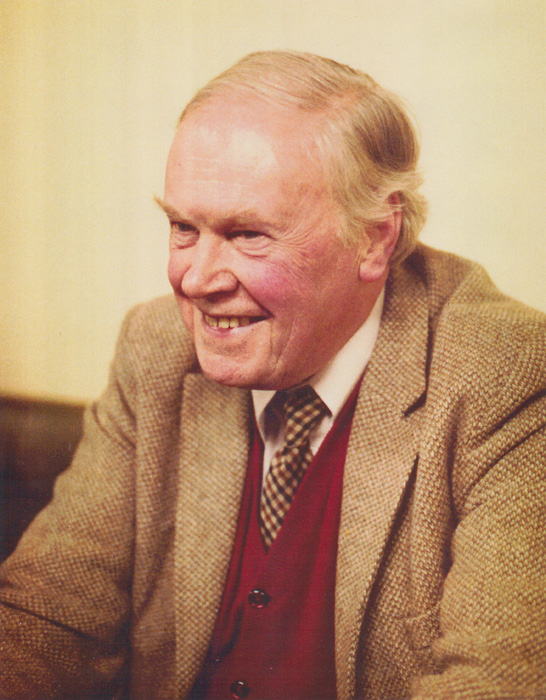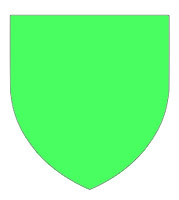| Professors of Natural Philosophy at the Universities of Aberdeen |
Reginald Victor Jones CH CB CBE FRS FRSE 29 Sep 1911 - 17 Dec 1997R V Jones began his academic life at Oxford, graduating in 1932, obtaining his DPhil in 1934 and taking up a post-doctoral studentship at Balliol College. His research involved developing infra-red detectors, a subject that would have relevance during the war and which he continued with for many years into his Aberdeen appointment. In 1936 he was recruited to the Air Ministry to promote this work. The intervening decade would be the most momentous in Jones' life, for he was seconded as science adviser to the Air Ministry at the beginning of World War II and rose to become scientific intelligence adviser to the Cabinet, with the ear of Winston Churchill, particularly supplying crucial information relevant to the Air Force. He was appointed Professor of Natural Philosophy in 1946 but his wartime experiences never faded and he would introduce them in lectures and later wrote about them until his retirement, and beyond. It was traditional in Scottish Universities for the Head of Department to lecture to the large first-year classes that contained many students who were taking physics simply to support a degree in another subject. Jones kept up this tradition for the whole of his tenure. His end of term lecture became famous in the 1950s and early 60s, involving the use of live ammunition in demonstrations that would have modern health and safety advisers blanching in their seats. His researches occupied most of his time, carried on with a large team of technical support, particularly in his last 15 years. He initiated in the late 1940s with Arthern Jones a pioneering program of growing artificial crystals, particularly of pure and doped halides, which expanded to almost an industrial scale. Spin-off work by other staff involved investigating solid state properties of the grown crystals but a substantial amount of the output was supplied to laboratories around the world. Probably stemming from his efforts to devise ever more sensitive infra-red detectors, particularly bolometers for the far infra-red, he developed over the years a suite of instruments that pushed the limits of sensitivity as far as the laws of physics allowed. He applied these to seismometers, tiltmeters and ultra-micrometres, and to a number of instruments of his own design to investigate the speed of light in moving media. All this development was supported by a large mechanical workshop employing more than two dozen technicians who produced some of the most accurately made precision equipment in the country. Also in support were an electronics workshop, an optical workshop, a graphite workshop (making parts for the crystal-growing furnaces), a wood workshop and an excellent technical drawing office. For a fullerCovering his whole life, Jones' Royal Society obituary runs to 12 pages and the independent RSE obituary is also extensive. He left an oral archive in the University of Aberdeen but still abbreviated account of his Aberdeen years, see The Scientific Tourist. |
|
Page by John S. Reid Dec. 2017 |




